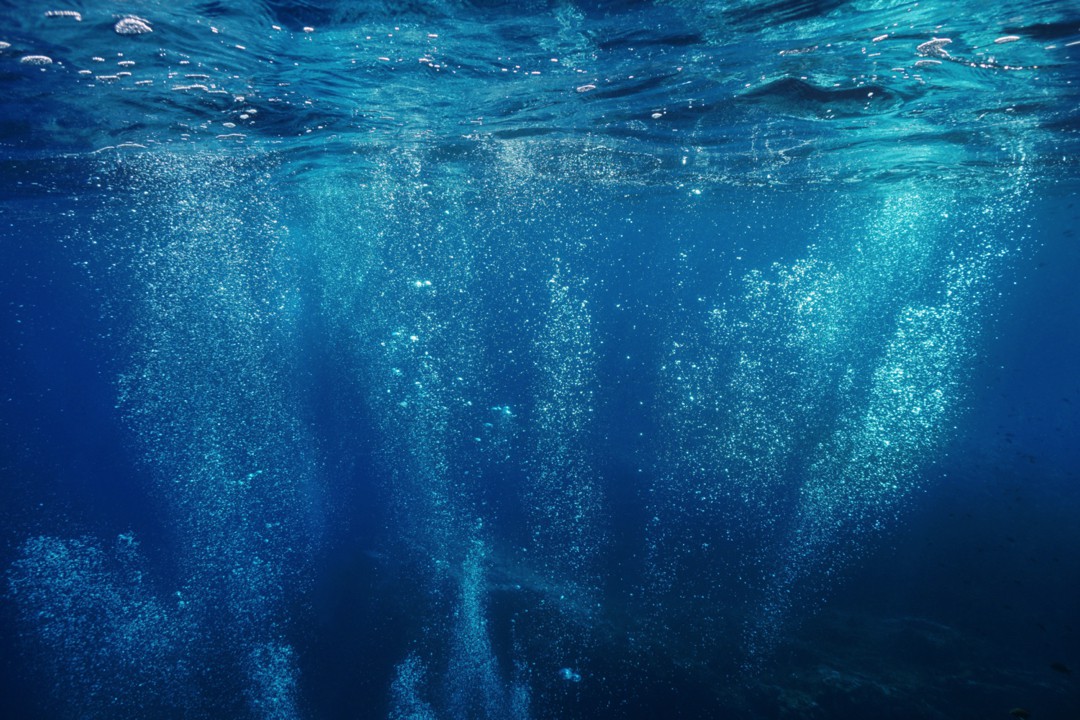
Nitrile enters our water through natural decomposition processes of dead organic material such as leaf fall and dead plant parts. The presence of nitrite in the water indicates organic pollution, usually from urine and/or faeces.
Nitrite is a negatively charged ion with molecular formula NO 2 –. So it contains a nitrogen atom and two oxygen atoms. It occurs naturally in groundwater and soil. Also, it is often formed in the body after the intake of nitrate.
In the Drinking water decision, it has been decided that the content of nitrite in drinking water may not exceed 0.1 mg (milligram) per liter. Pollution of drinking water with nitrite is mainly caused by the use of (artificial) manure and from wastewater. Furthermore, nitrite is often added to meat products to prevent discoloration and maintain the beautiful red color. It also inhibits the growth of the bacterium Clostridium botulinum.
Excess nitrites in the body can lead to two adverse health effects.
Disrupted oxygen transport and cyanosis
Nitrite can cause the iron in the blood to become unavailable for oxygen transport. This can lead to oxygen deficiency in the tissues. In particular, babies are at risk because they do not yet have enough enzymes to make the iron available again. Colloquially, cyanosis in babies is also referred to as “blue baby disease.”
Formation of nitrosamines
in the presence of certain proteins, mainly from fish and crustaceans, nitrites can be converted into nitrosamines. These organic compounds have been proven to cause cancer in animals. Stomach cancer, in particular, is associated with nitrosamines. The World Health Organization classifies nitrites that can form nitrosamines as “probably carcinogenic to humans.”
Yes, ZeroWater filters 88% nitrite from tap water. The Premium 5-stage Ionization Changer Filtration System removes more impurities than the standard 2-stage filters. During the test, ZeroWater had 150 liters of filtered water (double the prescribed use) tested by an independently certified external laboratory. The test results are based on the NSF/ANSI test protocol of flow-through equipment for contaminants listed under the national primary drinking water standards.